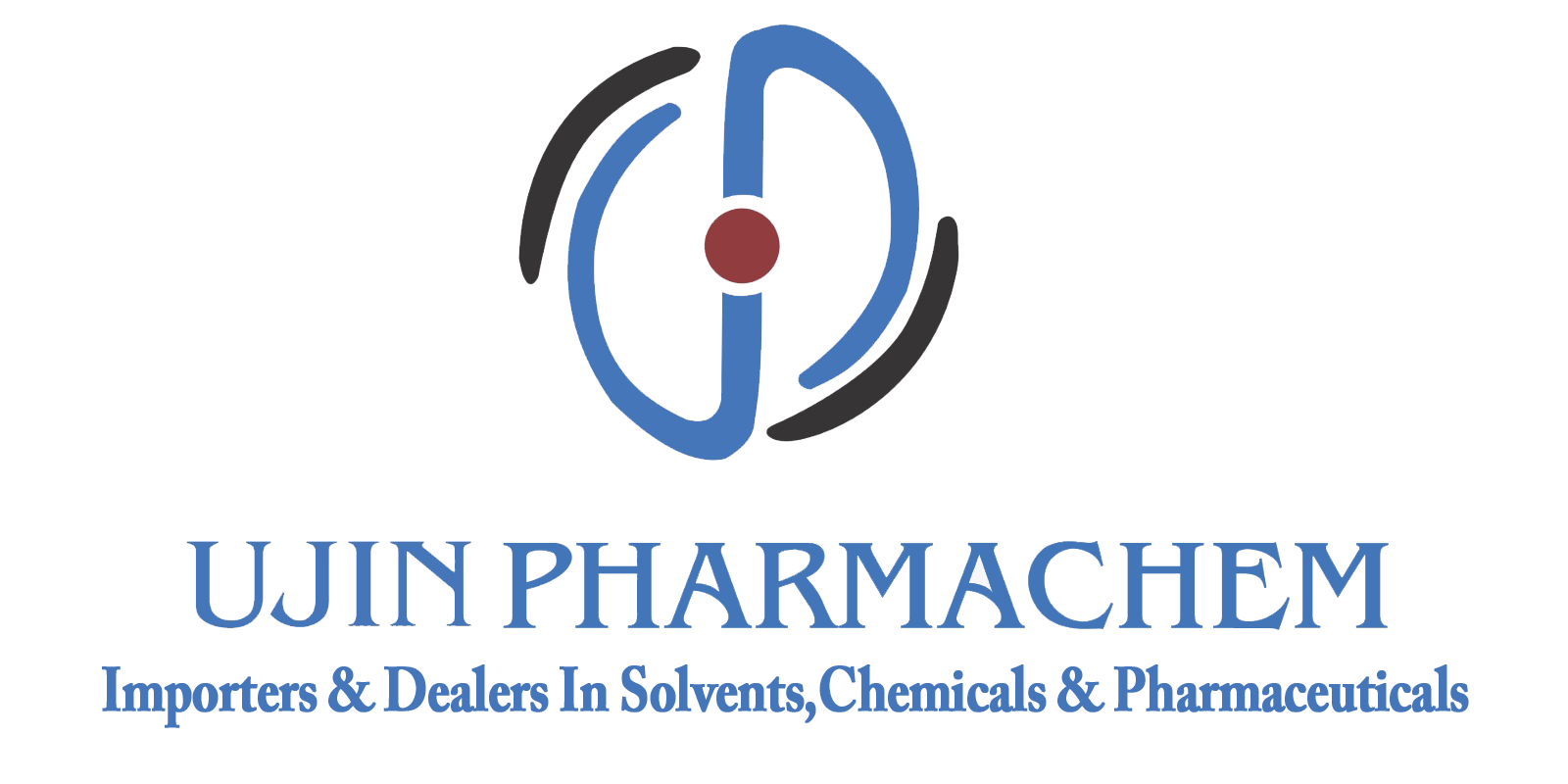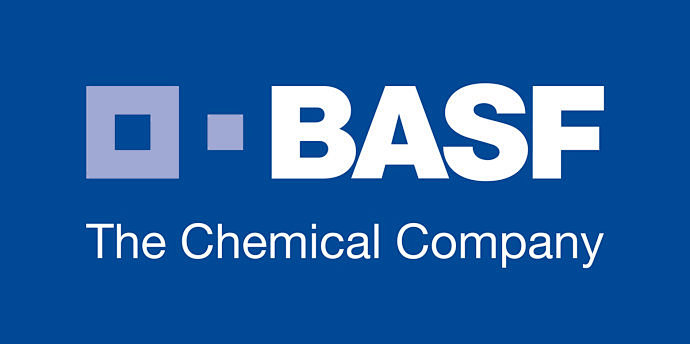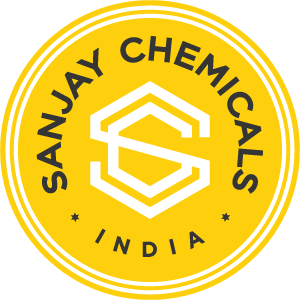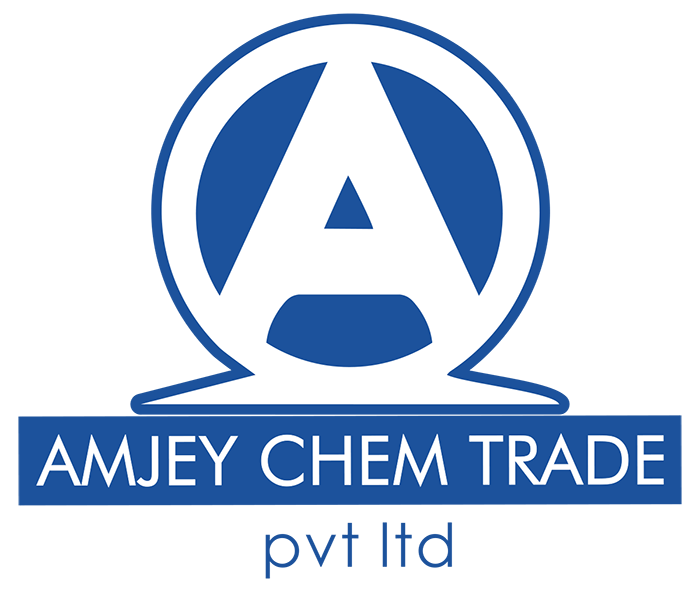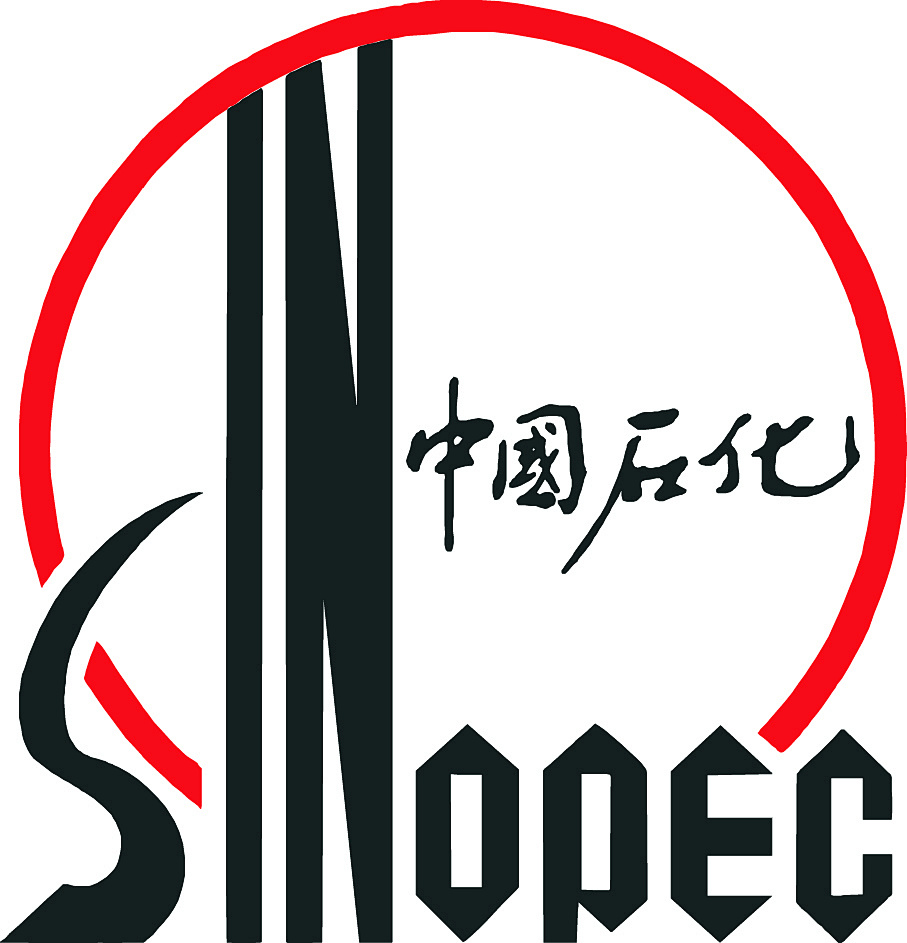colorless gas, a strong pungent odor, easy to be liquefied into a colorless liquid. Relative density 0. 77 (liquid), melting point -77.7 ℃, boiling point -33.5 ℃, vapor pressure (25.7 ℃)1013kPa, explosion limit (volume fraction) is26 ~ 28% (in air),13.5 ~ 79% (in oxygen),2.226 ~ 72% (in N2 0), spontaneous ignition point 651 ℃. It can be liquefied by pressurization at room temperature, with a critical temperature of 132.4 ℃ and a critical pressure of 11366. 7kPa. Soluble in water, ethanol, ether and organic solvents. It decomposes into ammonia and hydrogen at high temperature and has a reducing effect. It may be oxidized to carbon monoxide in the presence of a catalyst.
Chloride
Take this product about lO g (llm l), place in a water bath and steam dry, residue and water 20ml dissolved, according to the law to check (general rule 0801) , with the standard sodium chloride solution 1.0ml made of control solution, shall not be more concentrated (0.0001).
Sulphate
Take this product about 20g(22ml), place in a water bath and steam dry, residue added water 25ml dissolved, according to the law to check (general rule 0802) , with the standard potassium sulfate solution 1 .0m l made of the control liquid comparison, shall not be more concentrated (0.0005).
Carbonate
Take this product about lO g ( llm l), put it in a test tube, add 10ml calcium hydroxide test solution, shake well, and 0.01% anhydrous sodium carbonate solution 10ml with the same method made of control liquid comparison, shall not be more concentrated (0.006% ).
easy oxide
Take this product 8. 8 m l, carefully add to dilute sulfuric acid test solution 100ml, cool to room temperature, add potassium permanganate titration solution (0.002mol/L)0. 75ml, let stand for 5 minutes, light pink shall not completely disappear.
non-volatile matter
Take this product about 50g(55ml), place 105°C constant weight of the evaporating dish, in the water bath evaporated, at 105°C drying for 1 hour, the residue shall not be more than lm g.
Pyridine and Related Substances
Take this product, with water as a blank, according to ultraviolet-visible spectrophotometry (general rule 0401), at 252nm wavelength determination, absorbance shall not exceed. 06.
iron salt
Take this product about 40g(44ml), place in a water bath and steam dry, residue added water 25ml dissolved, according to law inspection (general rule 0807), with the standard iron solution 1.0ml made of the control liquid comparison, shall not be deeper (0. 000 025%).
Heavy Metal
Take this product about 20g(22ml), place it in a water bath and steam it dry, add hydrochloric acid lm l, then steam it dry, add acetate buffer (p H 3 .5 )2m l and water 23ml to the residue to dissolve, and check according to law (general rule 0821 the first method), containing heavy metals shall not exceed 1 part per million.
Take about 2ml of this product, place it in a stopper conical flask with hydrochloric acid titrant (1. Omol/L)50. 0m l and accurately weigh the weight, add a stopper, shake well, then accurately weigh, add 2 drops of methyl red indicator solution, titrate with sodium hydroxide titrant (l.O m o l/L), and correct the titration result with blank test. Each lm l hydrochloric acid titrant (1. 0m o l/L) is equivalent to 17.03 mg NH3.
![]() +086 1911-7288-062 [ CN ]
+086 1911-7288-062 [ CN ]



























































































